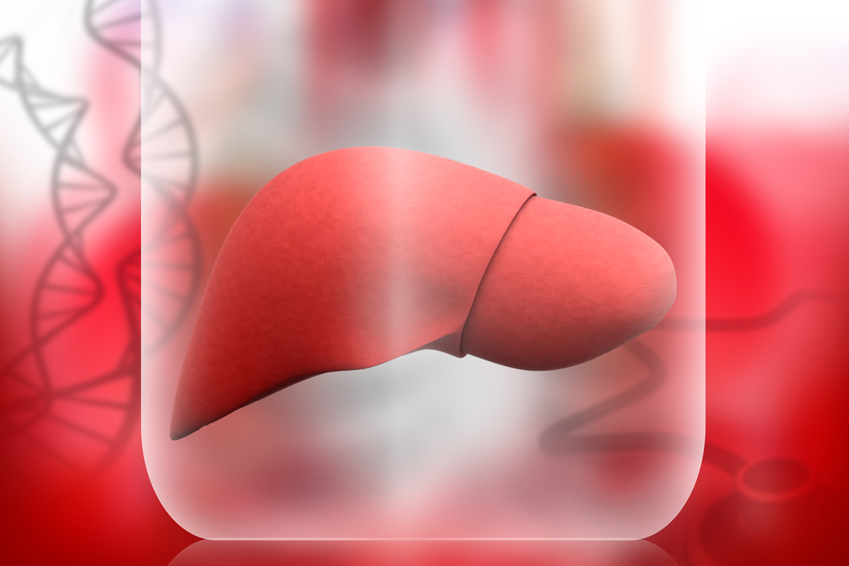Banking umbilical cord blood is a relatively new option in the medical landscape.
Though discovered over two decades ago, the process is far from common place. Most often, stem cell rich cord blood is discarded by hospitals along with the rest of the afterbirth.
Just three decades ago, in the 1980’s, researchers discovered that cord blood contains hematopoietic, blood forming stem cells like those found in bone marrow and embryos. It was determined that cord blood stem cells could be harvested, banked and later transplanted into patients receiving chemotherapy or radiation, needing to replenish cells destroyed over the course of treatment.

The first successful cord blood transplant was completed on a six-year-old Fanconi Anemia patient in 1988, enabling the recipient to regenerate blood and immune cells. Current potential cord blood transfusion recipients include patients with severe Sickle Cell Anemia, certain types of cancer, Aplastic Anemia, and Severe Combined Immunodeficiency, among other conditions.
Some parents utilize private cord blood banks, ultimately planning to use harvested stem cells to help cure an illness afflicting a relative of the newborn, or as a proactive measure, to be used if the newborn were to develop a future condition requiring a stem cell transplant. Otherwise, cord blood is donated to public banks for treatment or research.
Beyond its current usage in transplants, researchers are uncovering massive potential in cord blood’s regenerative properties. Studies suggest, cord blood stem cells could potentially enable the body to regenerate not only damaged or diseased cells, but tissues and even organs.

There are many reasons why harvesting and transplanting stem cells from cord blood are preferable to stem cells from embryos and bone marrow. The utilization of embryonic stem cells is rife with moral conflict and controversy, whereas stem cells harvested from cord blood have no objectionable component.
Extracting bone marrow requires a surgical procedure, but cord blood is simply collected via syringe at time of delivery. Retrieved blood is cryogenically stored and readily available whenever needed. Additionally, since cord blood stem cells maintain a “naïve phenotype”, they are more readily accepted by transplant recipients than bone marrow stem cells.
In summary, according to savethecord.org, cord blood stem cells have a broader match potential, are more resistant to infection, cause fewer side effects after transplant and require fewer transplant drugs than bone marrow stem cells. Furthermore, studies suggest, cord blood stem cells may be better at generating new blood cells.

Currently, the most promising aspect of cord blood stem cells lies in their potential to regenerate human tissue and organs. In addition, the field of regenerative medicine is eagerly researching various ways cord blood stem cells can be used to treat and even cure a myriad of fatal diseases and conditions. Trials investigating cord blood stem cells’ potential to treat brain injury, juvenile diabetes, heart disease and to assist with corneal regeneration are underway with positive preliminary results.
The cells have also shown potential to cure or treat Alzheimer’s, Lupus, Multiple Sclerosis, Muscular Dystrophy, Parkinson’s, Rheumatoid Arthritis, spinal cord injuries, stroke and liver disease, among others.

Cord blood banking begins with consent from the birth mother. Generally, if the birthing hospital has an existing relationship with a public blood bank, it is considered a collection site.
Mothers may simply grant permission for cord blood to be retrieved and donated prior to the onset of labor. Partial consent may be granted once labor has begun with follow up consent provided post-labor.
If the hospital is not a collection site, parents must notify their doctor in advance, and work directly with a public or private blood bank so that arrangements can be made for retrieval, storage and delivery of the blood to the bank. It costs several thousand dollars for parents to utilize a private cord blood bank; however, there is no cost to donate cord blood to a public bank.
While specifics vary among hospitals, typically a doctor or nurse will insert a syringe into the umbilical cord vein and draw blood after the baby has been delivered and the cord has been clamped. This may occur before or after the cord has been cut and the placenta has been delivered.

There is no interference of the obstetrician’s management of the birth, nor pain or harm caused to the mother or infant. Unfortunately, it is often not possible to collect enough cord blood from which to harvest sufficient stem cells for transplant. The National Cord Blood Program (NCBP) has an only 40% success rate of collecting a unit that meets current standards.
Since banks require a large inventory in order to provide appropriate stem cell matches for transplant recipients, and researchers require an ongoing supply in order to conduct various trials, it is with great optimism and enthusiasm that the medical community seeks to raise awareness about the importance of cord blood, as well as the painless simplicity with which it is collected and banked.
While umbilical cord blood stem cells could be the answer to curing some of the world’s most devastating illnesses, researchers and those waiting for transfusions will require greater access in order to harvest its seemingly limitless potential. The more people who become aware of the importance of preserving umbilical cord blood after a birth, the better.
The general field of stem cell therapy continues to help people confront a host of issues including knee injuries, cosmetic and hair improvements, erectile dysfunction and more.
Contributed by Lauren Frank, edited by Clifford Yurman

